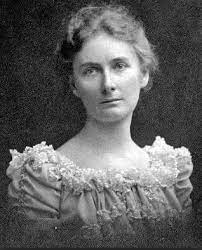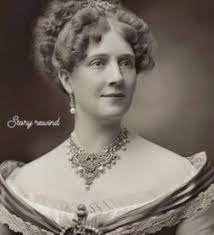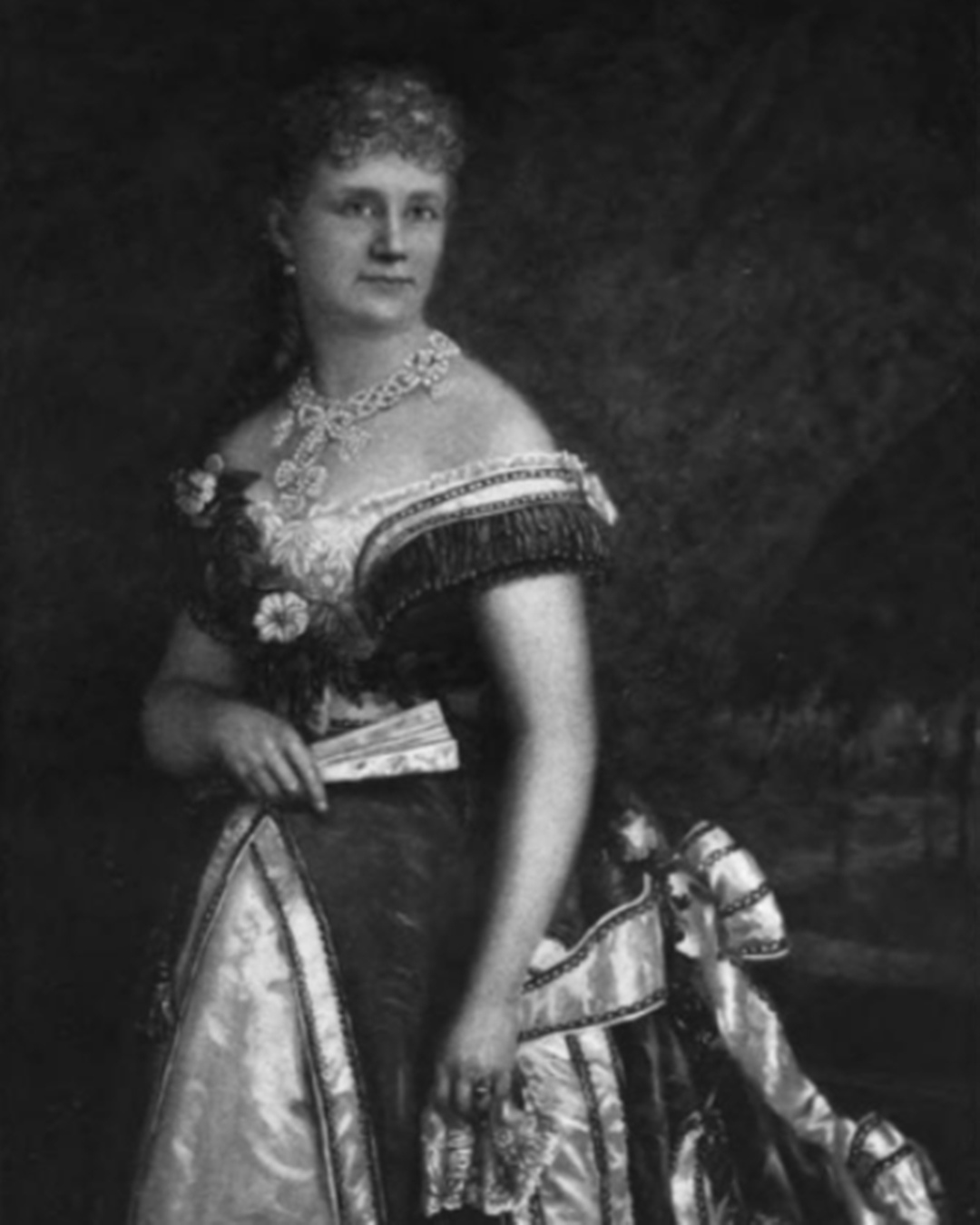Imagine being just twenty-one years old, suddenly widowed, and left alone to raise four young children with no money. This was the devastating reality facing Martha Coston in 19th-century Philadelphia. It’s one of those heartbreaking stories that could easily end in despair. But for Martha, this tragedy became the unexpected spark for an invention that would save countless lives at sea: Martha Coston’s Flares. Her journey is a powerful testament to resilience and innovation born from grief.
A Discovery in Grief
One evening, while sorting through her late husband Benjamin’s belongings, Martha found his old notebooks. He had been a promising inventor working for the U.S. Navy but had died young due to chemical exposure from his experiments. Inside the notebooks were sketches and notes for a maritime signaling system – an idea he never perfected. He had tried to create flares that could be used for communication between ships at night, but his attempts had failed.
Most people would have seen only sad reminders of a lost dream. But Martha, despite having zero scientific training, saw potential. Driven by the need to support her family and perhaps honor her husband’s memory, she made a daring decision: she would finish his work.

Years of Struggle and a Fiery Breakthrough
For nearly ten years, Martha dedicated herself to this seemingly impossible task. Her life became a relentless cycle of trial and error. She taught herself chemistry and pyrotechnics, sought help from scientists and fireworks experts, and endured countless dangerous experiments in her backyard shed. Failures piled up. Money was scarce. Many dismissed her efforts simply because she was a woman in a man’s world. But Martha refused to quit.
Her breakthrough came from an unlikely source: watching a fireworks display. The brilliant, distinct colors gave her an idea. What if flares could use different colors to send coded messages across the dark ocean? She tirelessly experimented until she developed a system of powerful, long-lasting flares in bright red, white, and green.
In 1859, after a decade of relentless struggle, Martha Coston secured U.S. Patent No. 23,536 for her “Pyrotechnic Night Signals,” later known worldwide as Coston Flares.
Read More: Tammy Hembrow’s Bikini Photos Are Stirring Controversy. Here’s Why Everyone’s Talking.

Lighting Up the World
The timing was crucial. When the American Civil War broke out just two years later, the U.S. Navy quickly adopted Martha Coston’s Flares. They became a vital tool, allowing Union ships to communicate complex signals at night, coordinate attacks, and rescue sailors from sinking vessels. Her invention didn’t just save individual lives; it played a significant role in the Union’s naval strategy and the war’s outcome.
Martha continued to improve her invention, patenting a twist-ignition device in 1871 that made the flares easier and safer to use. Soon, navies and shipping companies across the globe adopted the Coston Flares. Her system became the international standard for maritime signaling for decades, responsible for saving untold numbers of lives and preventing countless disasters at sea.
A Legacy That Shines On
Despite the undeniable success and impact of her invention, Martha constantly had to fight for recognition and fair payment. In the 19th century, the business and scientific worlds were deeply resistant to acknowledging the achievements of women. She spent years battling in court just to get the compensation she was owed by the very government her invention had helped save.
Martha Coston passed away in 1904, but her legacy shines on. Every emergency flare used at sea today owes a debt to her brilliance and tenacity. Hers is one of the most inspiring stories of turning personal tragedy into a triumph that benefited the world. She didn’t just overcome grief; she harnessed it, transforming darkness into a life-saving light. Martha Coston’s Flares remain a symbol of hope, illuminating not only the night sky but the incredible potential that lies within resilience and determination.
Full Story: Science Confirms Kelly Brook’s ‘Perfect Body,’ But the Real Message is Bigger Than Beauty.


